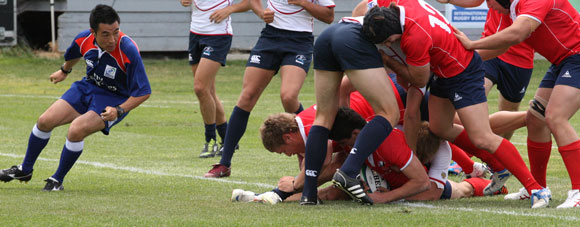Match official positioning
Referees can only follow the officiating process to observe, analyse and decide if they are close to the action.
To find your position in each situation of the game, you have to be equipped with a basic fitness and a sound knowledge of the Game. But:
What is the ‘best’ position for the referee in each situation?
As simple as this question is, the answer is even simpler:
There is no ‘best’ position applicable to every referee in every situation.
Positioning needs constant adaptations and the best position is never a fix-point but a constant strive for the ‘best possible’ solution in that particular game situation with regard to:
- The ball.
- The ball carrier.
- The opponent of the ball carrier.
- The position of the other players.
- The position on the pitch.

Knowledge of the Game is vital here because it determines the priorities when looking for the best possible positioning in a particular situation. The level and speed of the game you referee requires also flexibility in terms of running patterns and lines. Referees fitness and good acceleration will allow to adapt over the period of 80 minutes.
To observe the game and the players’ actions, the referee is expected to run literally in line with the ball. It puts the referee in the best position to rule on forward passes and knock-ons, and most of the time gives the referee the best view of the ball carrier in general play.